Indoor Air Quality is a rowing concern. According to the Environmental Protection Agency (EPA), people spend approximately 90% of their time
indoors and it has been found that indoor levels of pollutants may be between 50% and 99% higher than outdoor levels. Airborne problems contribute to allergies, asthma attacks, breathing difficulties, immune system failure, influenza, disease, sickness and even death. The air inside the home is up to 5 times more polluted than the air outside. Dwellings hold pollution inside because they are an enclosed environment with many potential sources of air pollution. Air pollution can aggravate respiratory conditions, cause bodily irritations, sickness and even disease.

vehicle emissions, pollen, dust mite carcasses & feces, pet dander, cigarette smoke and candle char
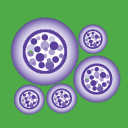
bacteria & viruses, mold spores and fungi
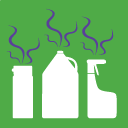
many items you have in your home: paints, perfumes, plastic, furniture, carpets and glues
i-Wave is an air purifying device that installs in any duct air conditioning system. When air passes over the iWave, ions produced by the device reduce pathogens, allergens, particles, smoke and odors in the air, creating a healthy environment without producing any harmful byproducts.
Nu-Calgon has partnered with Global Plasma Solutions (GPS) to bring a new, advanced air purification technology to the HVACR market. This patented technology called needle-point bi-polar ionization uses carbon fiber brushes to produce a refined electrical charge to proactively and safely clean the air in residential and commercial buildings. The GPS approach produces equal amounts of positive and negative ions (combined charge neutral) that react and break down pathogens, allergens, particles, smoke, odors and VOCs in the air, creating a healthy environment without producing any harmful byproducts like ozone or unstable ROS (Reactive Oxidation Species) molecules that result in the use of PCO technologies.
The iWave family of products have been proven through independent lab testing to significantly reduce a wide variety of pathogens and viruses similar to coronavirus in the breathing zone and on hard non-porous surfaces.
A Well Established Disinfection Technology
For over a century scientists have known that certain frequencies of light have a devastating effect on microbial life. We now know that exposure to ultraviolet light in the range of 254 NM (UV-C band) disrupts the DNA of microorganisms thus preventing them from reproducing, thereby effectively killing them.
A Whole-House UV Air Purifier – The Best Defense
The Best Defense Because it works inside your central air system a whole-house UV air purifier is able to intercept airborne pathogens and destroy them as they pass by. As air cycles through the system it passes by the UV light many times exposing and re-exposing airborne microbes to it’s sterilizing effect. this has proven to be a safe, economical, chemical free way to significantly reduce airborne contaminants indoors.
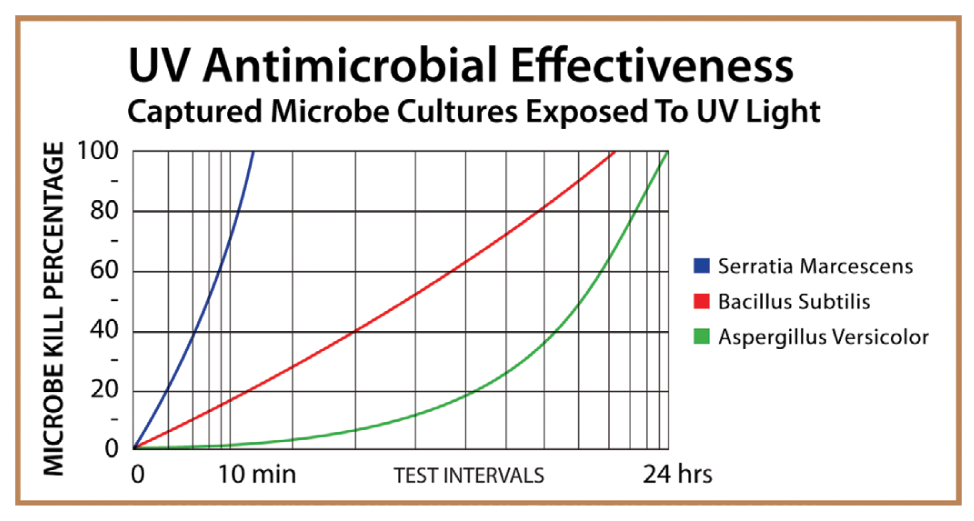
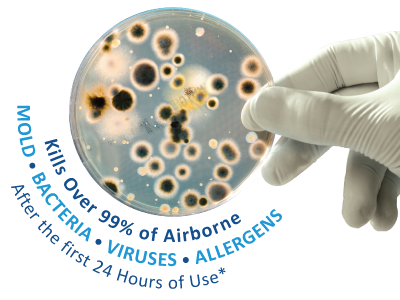
ASHRAE now recommends the use of UV-C lights within HVAC systems as a supplemental technology to reduce airborne infectious diseases. A single pass through the air system can sterilize a substantial fraction of airborne contaminants and a typical air handler will change the
air four to five time an hour significantly reducing the risk of airborne microbial infection. For more information refer to www.ashrae.org ASHRAE Position Document on Airborne Infectious Diseases and www.epa.gov Swine H1NI Influenza A: Transmission of Viruses in Indoor Air: HVAC
System Protection Options.
HEPA Filter Air Filtration Systems operate on a bypass system. A portion of the home’s return air is routed through the air filtration system before it reaches the furnace or air handling system. This air is cleaned and fed back into the home’s air supply. By continuously cleaning the air, significant reduction in pollution results.
Many new homes have a source of fresh air entering the home from outside through an ERV (Energy Recovery Ventilator) or an HRV (Heat Recovery Ventilator). These systems do not remove the pollution (submicron particles, allergens, smog to name only a few). Installing a Green Clean Air Filtration System in the home will help to capture pollution before it can enter the HVAC system and keep the air in the home clean and fresh. Reducing the pollution in the HVAC system will also extend the life of the furnace filter.
| Feature | iWave | UV Light | HEPA Filter |
|---|---|---|---|
| Kills pathogens downstream? Bacteria | Excellent | Excellent | Good |
| Kills allergens? | Excellent | Excellent | Good |
| Kills Mold Spore? | Good | Good | Excellent Mold Spore removal |
| Controls odors? | Good | Poor | No |
| Controls Smoke? | Good | Poor | No |
| Reduces airborne particles? | Good | Poor | Excellent |
| Replacement parts? | No – No Maintenance | UV cell replaced every 1-2 years | Filter Replaced every year |
| Self-cleaning options? | Yes | No | No |
| Performance | Self-cleaning provides continual peak performance | Fades with UV output | Dirty Filter |
| Cleans entire depth of coil? | Yes | Yes | Yes |
| Energy Consumption | Low | Low | High |
| Warranty | 3 Year | 3 Year | 3 Year |
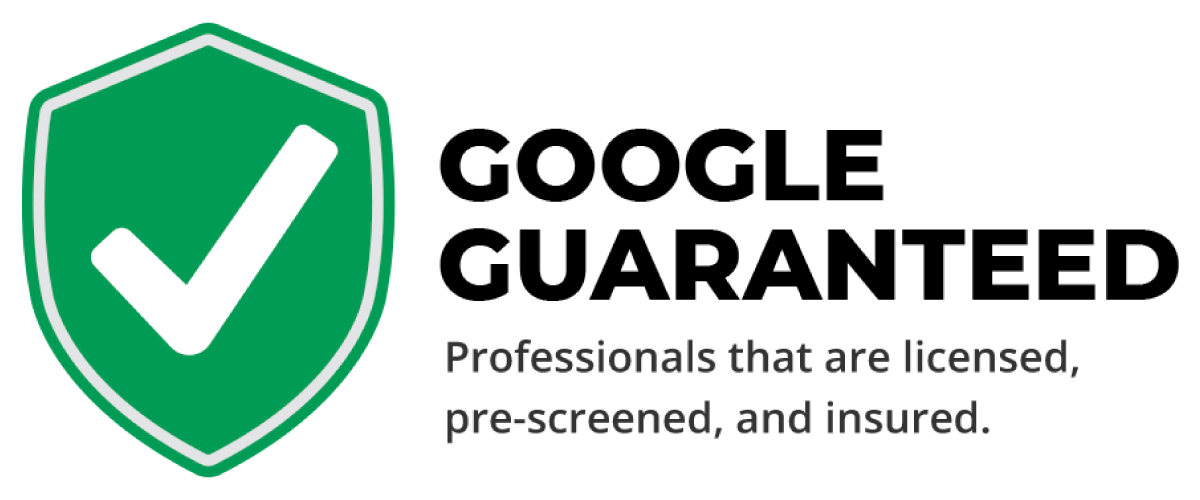
If you aren’t satisfied with work quality, Google may refund up to the amount paid for jobs booked through Local Services ads, with a lifetime cap for coverage.
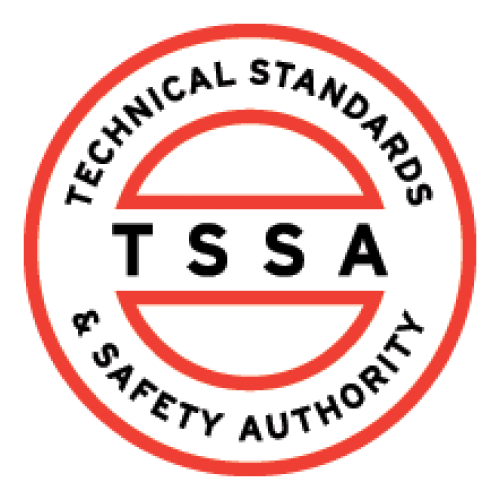
The Technical Standards and Safety Authority (TSSA) administers and enforces technical standards in the province of Ontario in Canada.
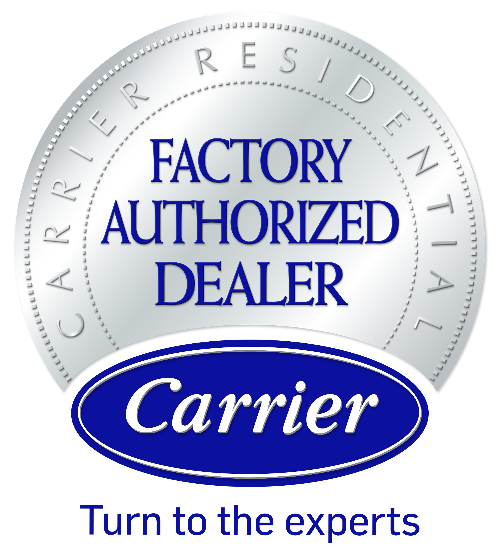
It takes a lot of work to become a Carrier Factory Authorized Dealer, from extensive training to keeping current industry licenses and insurance, to maintaining exemplary scores in customer service
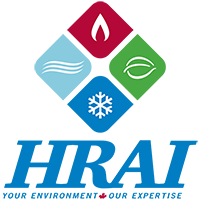
In choosing an HRAI member contractor to maintain your home or business’s indoor environment, you can be assured of their proven credentials, and a track record of reliability and quality.
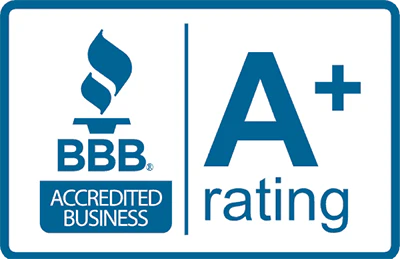
A business with a proven track record of reliability and quality, endorsed by the BBB's rigorous assessment of our trustworthy operations and dedication to resolving customer concerns with integrity.
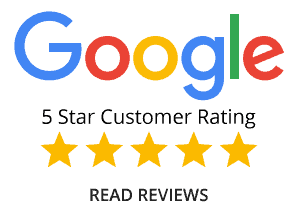
Quality products, reliable experts, affordable pricing, friendly service. Served over 1400 numbers of satisfied customers. More than 100 five star reviews.

HomeStars Verified home service pros have successfully passed our rigorous screening process to help you hire safer and smarter.
1315 Pickering Pkwy Suite #300, Pickering, ON L1V 7G5
3080 Yonge St suite #6060, Toronto, ON M4N 3N1
3250 Bloor St W Suite 600, Etobicoke, ON M8X 2X9
Proudly serving Mississauga | North York | Etobicoke | Toronto | Pickering | Scarborough | Markham | Richmond Hill ON, and surrounding areas!
© Copyright 2024 Empower Home Comfort